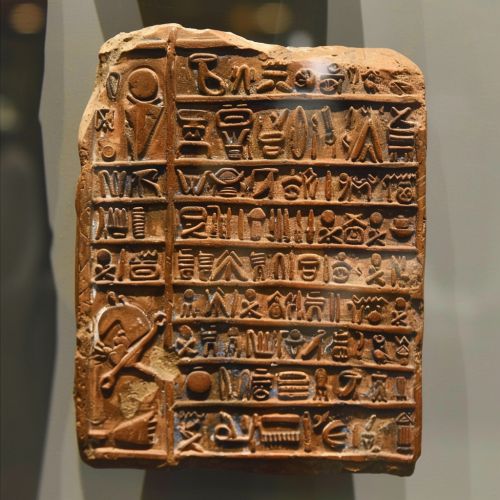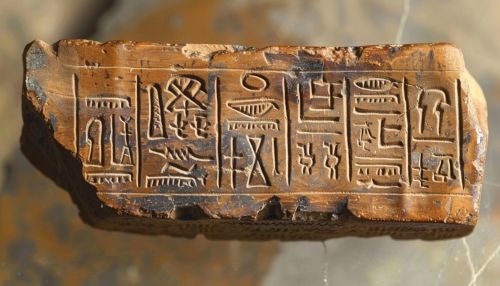Arithmetica
Introduction
Arithmetica is a branch of mathematics that deals with the properties and relationships of numbers, particularly the traditional operations of addition, subtraction, multiplication, division, exponentiation, and extraction of roots. Arithmetica is one of the oldest and most fundamental branches of mathematics, used by almost every human civilization for practical tasks such as commerce, architecture, and measurement, as well as in the formulation of many scientific theories.
History
The history of Arithmetica is as old as human civilization itself. The earliest evidence of arithmetic operations can be traced back to the ancient civilizations of Sumer, Egypt, and Indus Valley around 3000 BCE. These civilizations used arithmetic for practical tasks such as commerce, architecture, and measurement.


Basic Operations
Arithmetica is primarily concerned with four basic operations: addition, subtraction, multiplication, and division. These operations are the building blocks of all other arithmetic calculations and are used in a wide range of practical and theoretical applications.
Addition
Addition is the most basic operation in Arithmetica. It involves combining two or more numbers to get a total or sum. For example, in the equation 2 + 3 = 5, 2 and 3 are the numbers being added together, and 5 is the sum.
Subtraction
Subtraction is the operation of removing one number from another. The result of a subtraction is called a difference. For example, in the equation 5 - 3 = 2, 5 is the number from which 3 is subtracted, and 2 is the difference.
Multiplication
Multiplication is the operation of adding a number to itself a certain number of times. The result of a multiplication is called a product. For example, in the equation 3 * 2 = 6, 3 is the number being multiplied, 2 is the number of times it is added to itself, and 6 is the product.
Division
Division is the operation of splitting a number into equal parts. The result of a division is called a quotient. For example, in the equation 6 ÷ 2 = 3, 6 is the number being divided, 2 is the number of equal parts it is being split into, and 3 is the quotient.
Advanced Concepts
Arithmetica also includes more advanced concepts such as exponentiation, roots, and logarithms. These concepts are used in more complex mathematical calculations and theories.
Exponentiation
Exponentiation is the operation of raising a number to a power. The result of an exponentiation is called a power. For example, in the equation 2^3 = 8, 2 is the base, 3 is the exponent, and 8 is the power.
Roots
A root of a number is a value that, when multiplied by itself a certain number of times, gives the original number. For example, the square root of 9 is 3, because 3 * 3 = 9.
Logarithms
A logarithm is the exponent to which a fixed number, the base, must be raised to produce a given number. For example, the logarithm to base 2 of 8 is 3, because 2^3 = 8.
Applications
Arithmetica has a wide range of applications in various fields such as commerce, engineering, computer science, and physics. It is used in everything from simple everyday tasks like calculating change, to complex scientific calculations and theories.
